Protective Measures: California Minimizes the Loss of Federal Subsidies for Health Insurance
Published in the National Association of Social Workers Newsletter - California newsletter (Feb 2018)
By Jason Bloome
In October 2017, a federal judge sided with the Trump administration in a lawsuit filed by California and 17 other states that sought to compel the federal government to continue paying subsidies to lower the cost of health insurance for the benefit of millions of low-income residents. The impact of the decision will affect consumers in 2018.
Cited in the ruling was the “clever way” California and other states used to prevent immediate harm by the removal of subsidies which, according to Judge Chhabria, could leave low-income residents “better off or unharmed.”
The subsidies help insurance companies reduce the health insurance costs for 7 million people on the Affordable Care Act marketplace, by subsidizing mid-level Silver Plans to lower the premiums, deductibles and other out-of-pocket expenses. Under the current law, insurance companies still must provide the discounts, but will not be reimbursed by the federal government.
In October, Trump ordered federal officials to stop making the monthly payments that reimbursed the insurance companies.
In many states, consumers will face sticker shock as they see the high cost of health insurance in the marketplace. According to the Kaiser Foundation, which analyzed state documents submitted by 35 states to the federal government, Trumpcare is estimated to raise health care premiums 7 percent to 38 percent than they would have been for mid-level Silver Plans.
Many states, including California, anticipated the Trump administration cutoff of federal subsidies and adopted innovative strategies to prevent major financial losses and disruptions to the health insurance marketplace.
In California, surcharges were built into the mid-level Silver Plan premiums sold on the Affordable Care Act marketplace. When the premiums go up, more people receive financial aid to pay for the health insurance. In October, the California insurance marketplace announced, “Nearly four out of five consumers will see their premiums stay the same or decrease, since the amount of financial help they receive will also rise.”
The Trump decision does not affect the cost-savings reductions built into the Affordable Care marketplace.
In a report by the Avalere consulting group, it was found that States, which did not take protective measures, can anticipate in 2018 the average cost for Bronze Plans increasing 18 percent, 34 percent for Silver Plans, 16 percent for Gold Plans and 24 percent for Platinum Plans. Across 39 states, the average Silver Plan cost, the most popular option on the health insurance exchanges, is expected to be $743. The average prices for the Bronze, Gold and Platinum plans, are $561, $831 and $1,125, respectively.
Jason Bloome is owner of Connections–Care Home Referrals, an information and referral agency for care homes for the elderly in Southern California. More information can be found at www.carehomefinders.com.

